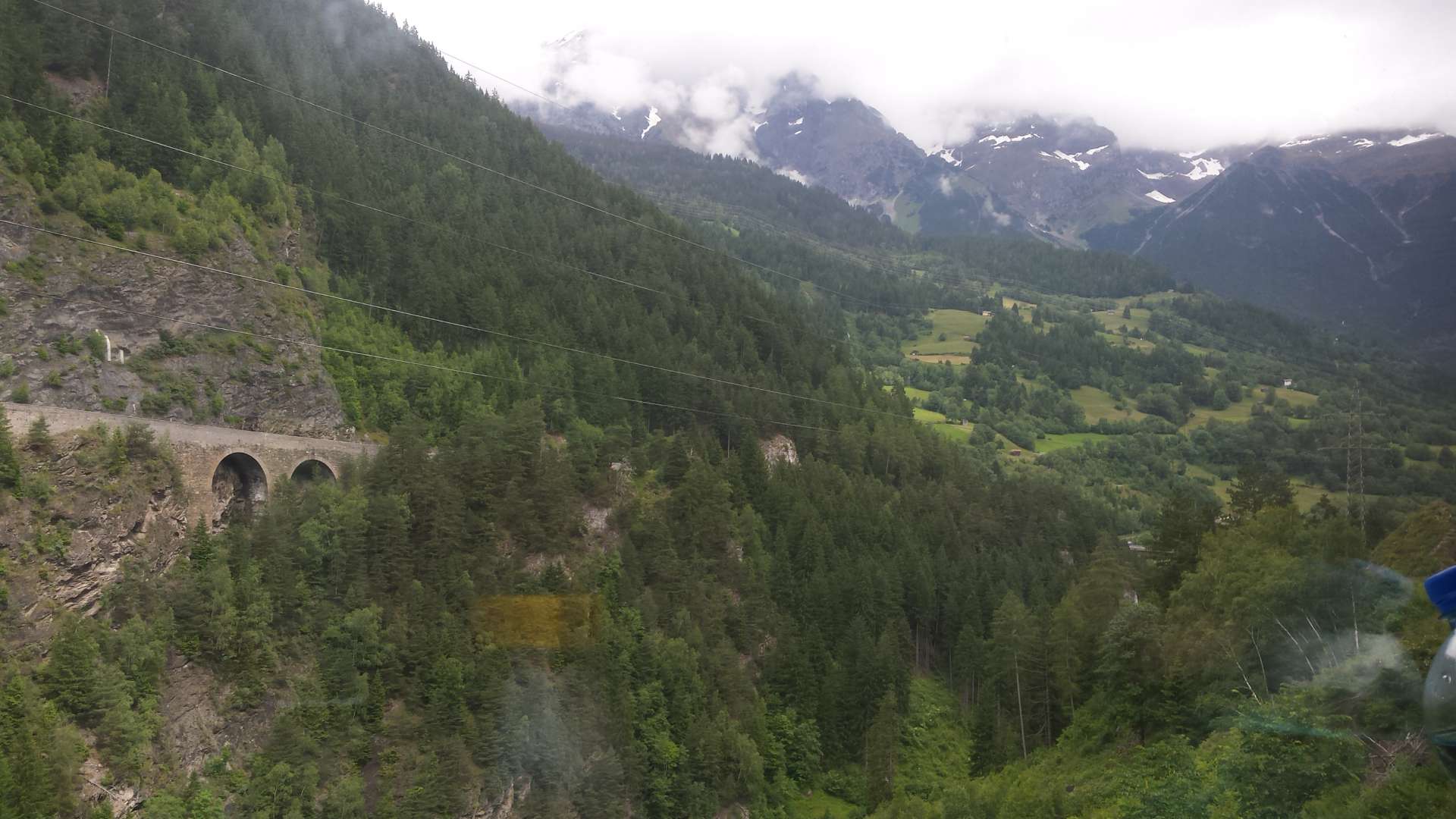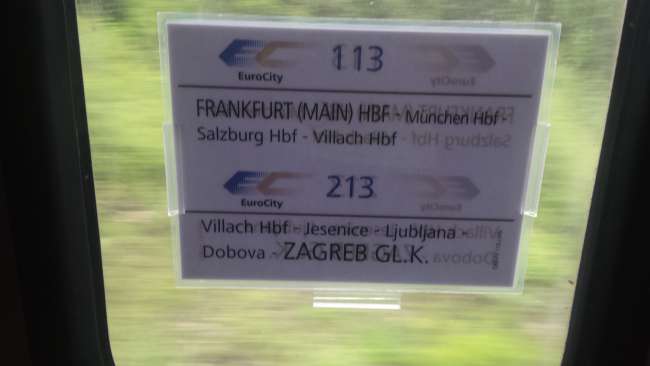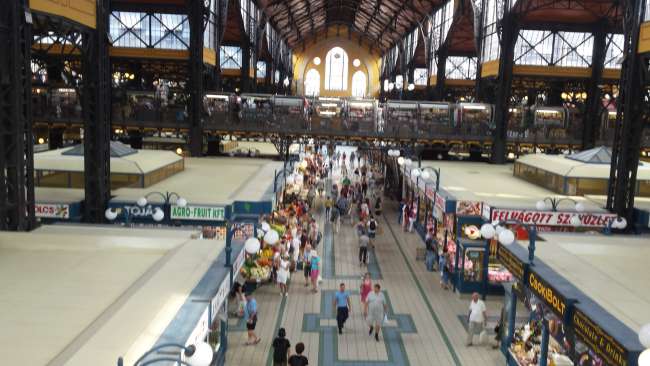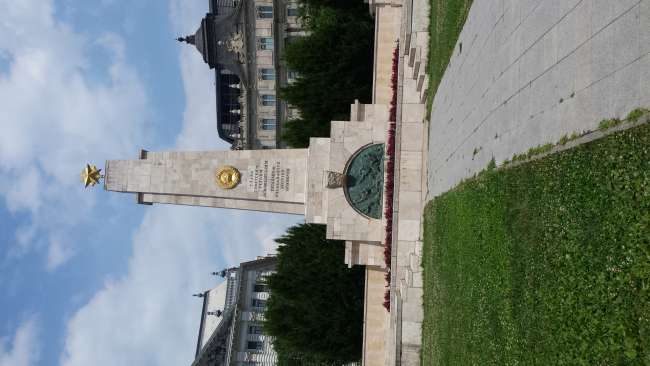Tag 11) No time for revolution
Buga: 01.07.2016
Biyan kuɗi zuwa Newsletter
Last night I witnessed two wonderful dramas in my hostel. First, a (probably) Ukrainian businessman was on the phone with his girlfriend/wife. She seemed to want to break up and he tried to appease her in various ways. She apparently wanted to visit him in Kiev, but he complained about the safety of her airline and told her to wait for his return. But this drama was later overshadowed by a man with an Eastern European accent arguing loudly with two women in the courtyard, so loud that the whole hostel could hear. One of the women apparently had unprotected sex and he criticized her for it. He said they were destroying her young life, that there was a 10% chance they would die now, and that they were too young for a child, etc. This went on until one of the women started crying and he apologized a thousand times. After about 40 minutes, it was over and I stood up and applauded the three of them for their RTL-quality performance.
I love hostel life.
The eleventh day started with a communist city tour. The guide not only talked about communism but also about the general history of Hungary, which is incredibly interesting. Hungary suffered from one of the worst communist dictatorships from 1945 to 1953, but in 1962, the country became known as the land of 'happy communism' because it was one of the freest countries in the Eastern Bloc. It was also one of the few countries that was not plagued by revolution in the late 1980s. The transition to democracy was achieved through normal elections. The Communist Party still exists today, but is practically powerless now.
After the tour, I visited the 'House of Terror,' a museum about the terror regimes from 1939 to 1953, which were among the worst in Europe. In 1939, national socialist forces took power in Hungary and established a reign of terror, including an alliance with Nazi Germany. They invaded Hungary in 1944 and took power for a year. After the war, there was an 8-year communist system. The museum is extremely darkly designed. Interviews with victims are played everywhere, revealing some terrible atrocities. Pictures of (child) corpses and torture methods are also shown. Taking photos in the museum is prohibited. After that, I had originally planned to take a tour of the Jewish Quarter, but I wasn't in the mood for it after visiting this museum. Instead, I went shopping with the remaining Hungarian forints in the largest market hall in Hungary and bought some, sometimes very unique, souvenirs. Now I am expecting a 16.5-hour train journey to Bucharest.
Biyan kuɗi zuwa Newsletter
Amsa



